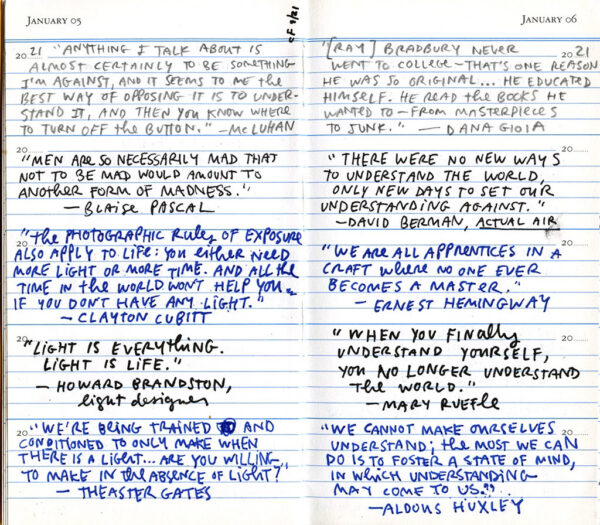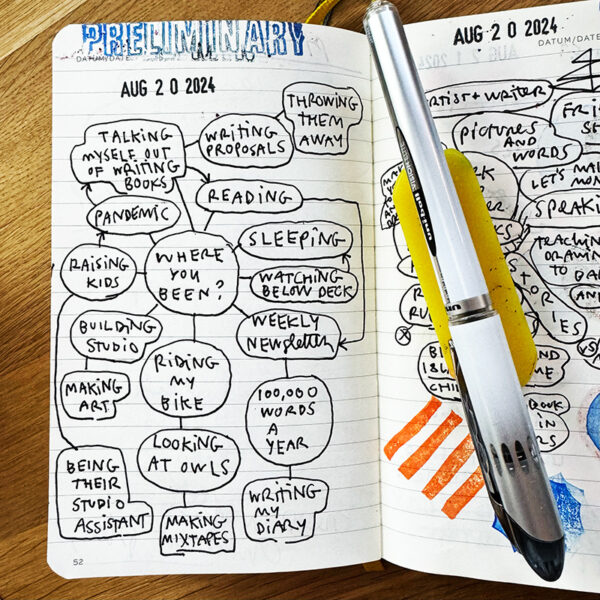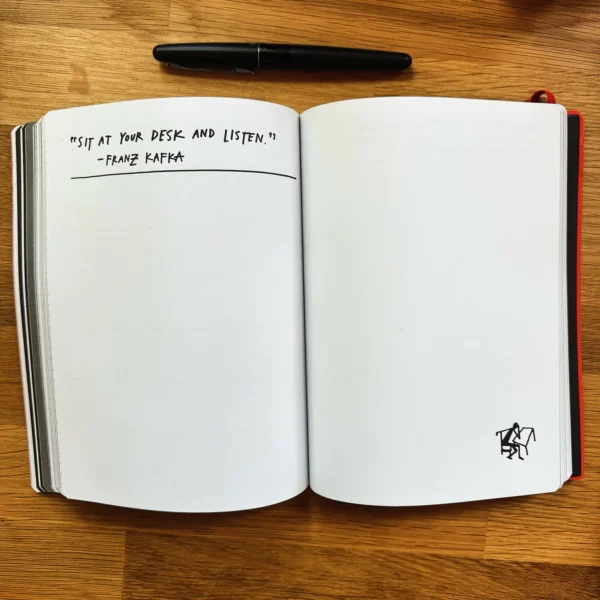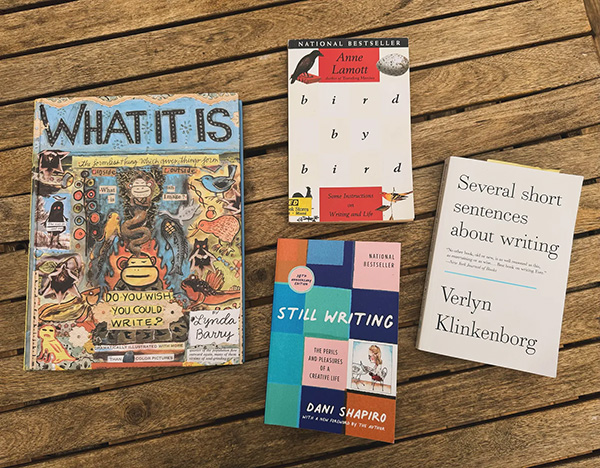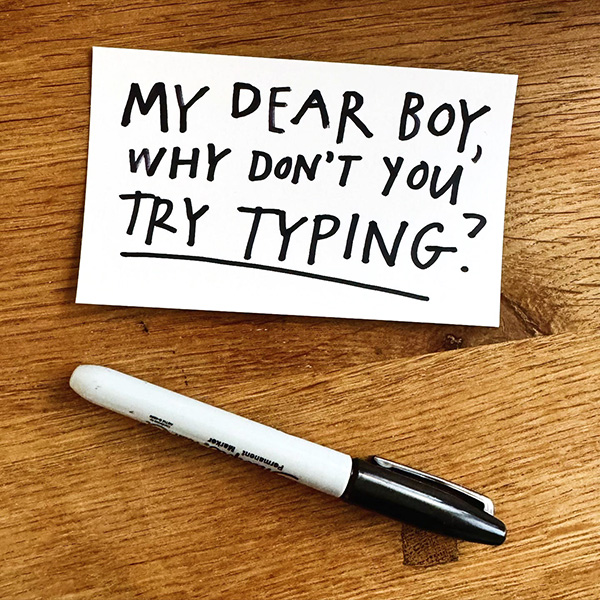I spent all of last year trying to write a book (it’s getting there) so a good deal of the entries in my commonplace diary were somehow related to writing.
(When you’re writing, everything is related to writing.)
I picked 100 of them and stitched them together for today’s newsletter: 100 quotes that helped me write.
